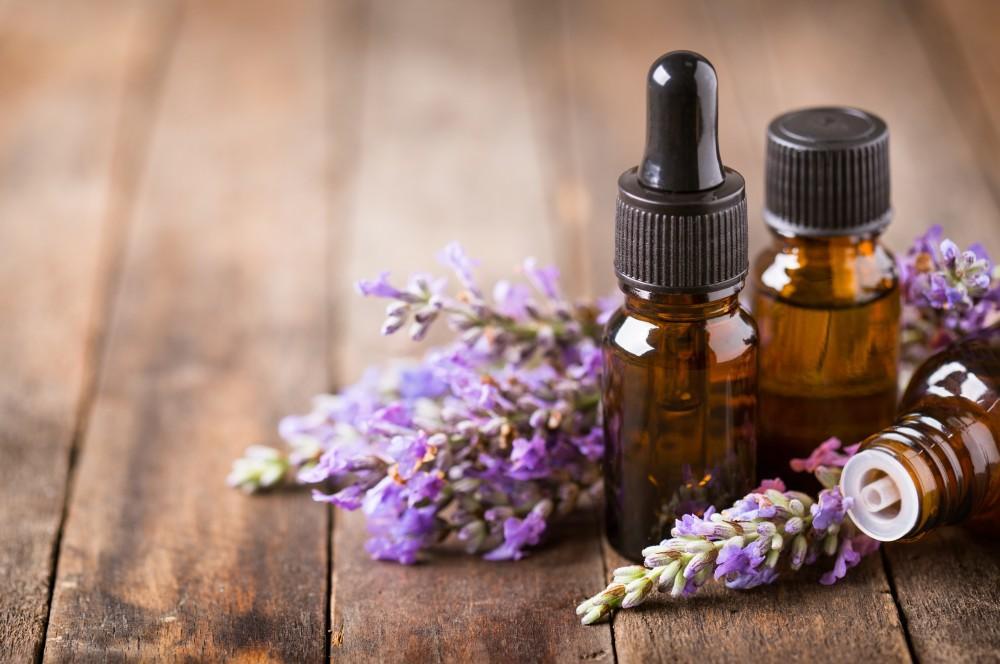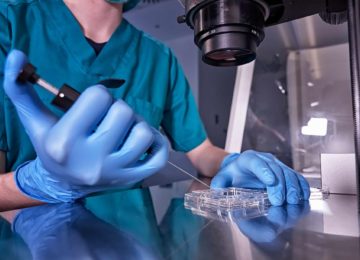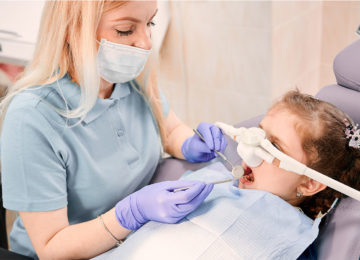Complementary therapies are gaining recognition in spine surgery recovery plans, especially when it comes to managing pain without heavy reliance on medication. Dr. Larry Davidson, a specialist in spine health, highlights that aromatherapy and guided relaxation techniques can significantly reduce perceived post-surgical pain by calming the nervous system and promoting mental clarity. These noninvasive practices help patients feel more in control of their recovery while supporting physical and emotional healing.
When integrated into a holistic recovery program, these techniques can improve comfort, reduce anxiety and enhance overall outcomes. They also support emotional resilience, helping individuals better cope with the challenges of recovery. By promoting both physical and mental well-being, these approaches create a more sustainable path to healing.
Understanding Perceived Pain and the Mind-Body Connection
Pain perception is more than a physical response; emotions, beliefs and sensory input influence it. Anxiety, fear and stress can increase pain sensitivity, especially during the vulnerable period after surgery. Relaxation techniques aim to calm the mind and regulate physiological responses that intensify discomfort, such as elevated heart rate, shallow breathing and muscle tension.
Similarly, aromatherapy engages the olfactory system, which is directly connected to the limbic system, the part of the brain that governs emotion and memory. Certain scents can trigger calming responses that reduce stress and help patients feel more at ease, even in the presence of physical discomfort.
These therapies work together to reduce the intensity of pain by targeting both the body and brain. This dual approach not only eases discomfort but also supports faster, more effective recovery.
How Aromatherapy Supports Recovery
Aromatherapy uses essential oils extracted from plants to promote well-being through inhalation or topical application. When inhaled, the volatile compounds interact with smell receptors in the nose, which send signals to the brain that can influence mood, energy levels and stress.
Common essential oils used for post-surgical pain relief and relaxation include:
- Lavender: Known for its calming and analgesic properties
- Peppermint: Helps ease muscle tension and provides a cooling sensation
- Eucalyptus: Supports respiratory function and promotes mental clarity
- Frankincense: Reduces inflammation and promotes a sense of grounding
- Chamomile: Calms the nervous system and aids in sleep
These oils can be diffused in the room, added to warm baths (with carrier oils) or applied via massage or roll-on blends. Patients often report a subjective reduction in discomfort and anxiety when aromatherapy is used as part of their pain management routine.
Relaxation Techniques That Ease Discomfort
Several guided relaxation techniques can be practiced daily to help lower perceived pain levels and improve emotional resilience. Deep breathing is one of the simplest and most accessible tools. Taking slow, diaphragmatic breaths signals the body to exit “fight or flight” mode and enter a state of calm.
Other effective techniques include:
- Progressive muscle relaxation: Involves tensing and releasing muscle groups to promote body awareness and relieve tension
- Guided imagery: Uses mental visualization of calming scenes to distract from discomfort and promote emotional relaxation
- Body scans: Bring attention to different areas of the body to notice and soften areas of tension
- Mindful breathing: Encourages a focus on breath to anchor the mind and reduce pain-related anxiety
These methods are often used in combination and require no special equipment, making them ideal for patients at any stage of recovery.
Dr. Larry Davidson underscores, “Emerging minimally spinal surgical techniques have certainly changed the way that we are able to perform various types of spinal fusions. All of these innovations are aimed at allowing for an improved patient outcome and overall experience.” When paired with relaxation practices, these surgical advancements form a well-rounded approach to healing that prioritizes both physical repair and emotional well-being.
Creating a Calming Environment for Healing
The environment plays a major role in healing and can be optimized to reinforce the benefits of relaxation techniques and aromatherapy. A quiet, clutter-free room with soft lighting, comfortable bedding and calming scents can reduce stress and promote better rest, both of which are essential for recovery.
Soothing music or nature sounds can be added to enhance relaxation sessions, while blackout curtains or eye masks may help eliminate distractions and promote restorative sleep. Patients recovering at home are encouraged to create a healing space free from electronic distractions or stress-inducing clutter.
This intentional setup reinforces relaxation cues and helps the body enter a calm state more easily during recovery routines.
Combining Aromatherapy and Relaxation With Conventional Care
These therapies work best when integrated into a comprehensive treatment plan. Patients may use aromatherapy before or after physical therapy sessions to calm the mind and reduce muscle guarding. Relaxation techniques are often practiced before bedtime to improve sleep quality or in the morning to reduce anticipatory anxiety about movement.
Providers often recommend that patients begin with short, 5- to 10-minute sessions of guided breathing or visualization and build up to longer practices over time. Regular use helps “train” the nervous system to respond more calmly to pain signals and reduces reliance on reactive interventions.
Some recovery programs now include aromatherapy stations in hospital recovery rooms or offer audio-based guided relaxation through apps or tablets. These accessible tools help standardize care and empower patients to take an active role in their recovery.
Safety and Individual Considerations
While generally safe, aromatherapy should be used with care. Essential oils must be diluted before applying to the skin to avoid irritation or allergic reactions. Patients with asthma or respiratory conditions should avoid strong scents or diffusers in enclosed spaces. It’s always best to consult with a healthcare provider before introducing any new sensory therapy, especially in the early stages after surgery.
Relaxation techniques are safe for most patients, though individuals with a history of trauma or certain psychological conditions may benefit from practicing with a therapist first. The goal is always to create a sense of comfort and control, not force relaxation. With the right guidance and personalization, both aromatherapy and relaxation techniques can be powerful additions to a well-rounded recovery strategy.












